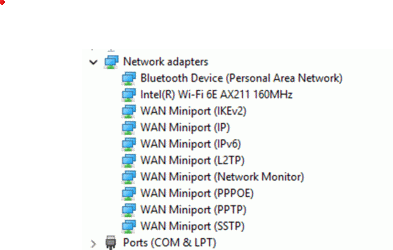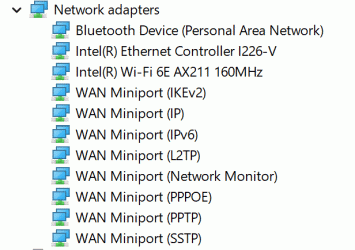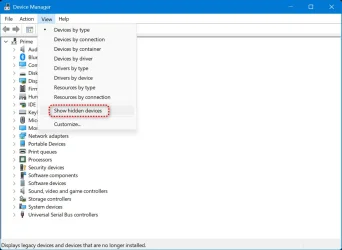Winver Version 24H2 (OS Build 26100.4061)
Did the Windows 11 Update and after restart the Ethernet connection had disappeared. Device manager showed :-

Had to switch Wi-fi on to get any Internet Connection. Rebooting and restarting did not resolve the issue, not did rolling back the Windows Update.
I suspected some sort of hardware or cabling issue.
When I rebooted today, suddenly the Ethernet is back. Device manager shows :-

Anyone got any idea what might cause it and how did it resolve itself without me seeming to do anything?
Thanks for any ideas.
Did the Windows 11 Update and after restart the Ethernet connection had disappeared. Device manager showed :-

Had to switch Wi-fi on to get any Internet Connection. Rebooting and restarting did not resolve the issue, not did rolling back the Windows Update.
I suspected some sort of hardware or cabling issue.
When I rebooted today, suddenly the Ethernet is back. Device manager shows :-

Anyone got any idea what might cause it and how did it resolve itself without me seeming to do anything?
Thanks for any ideas.
My Computer
System One
-
- OS
- Windows 11
- Computer type
- PC/Desktop
- Manufacturer/Model
- QuietPC
- CPU
- Intel(R) Core(TM) i9-14900 2.00 GHz
- Motherboard
- ASUS TUF GAMING Z790-PLUS WIFI LGA1700 ATX Motherboard (DDR5)
- Memory
- 64GB







